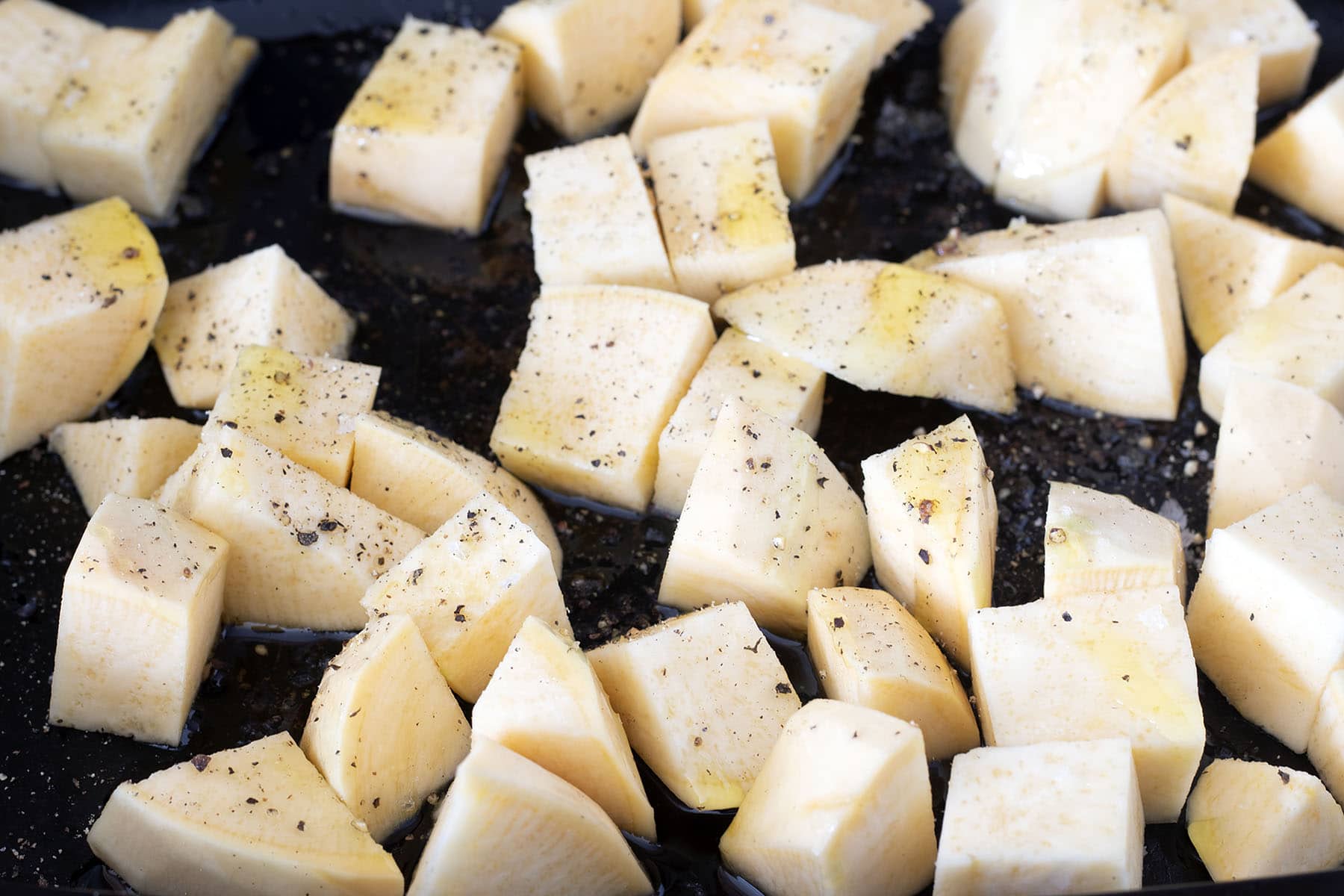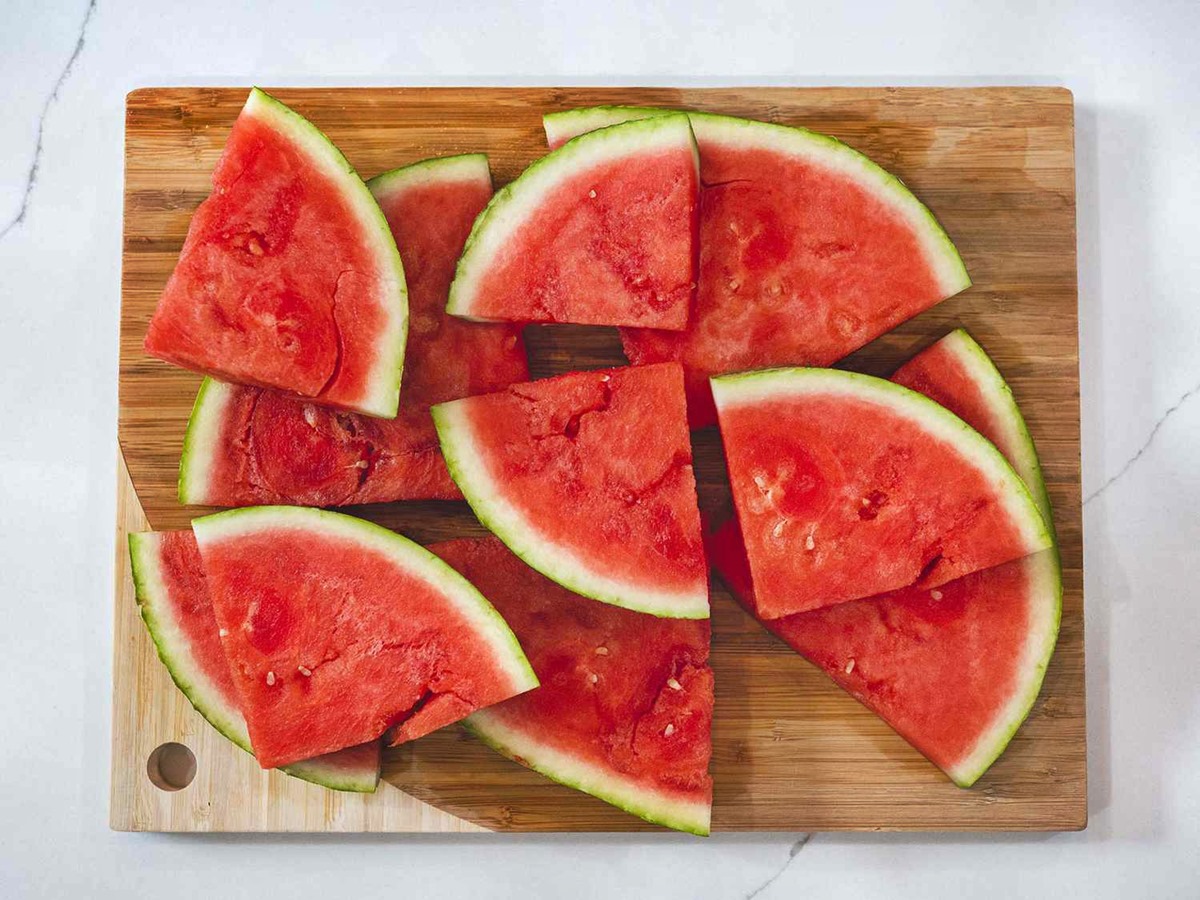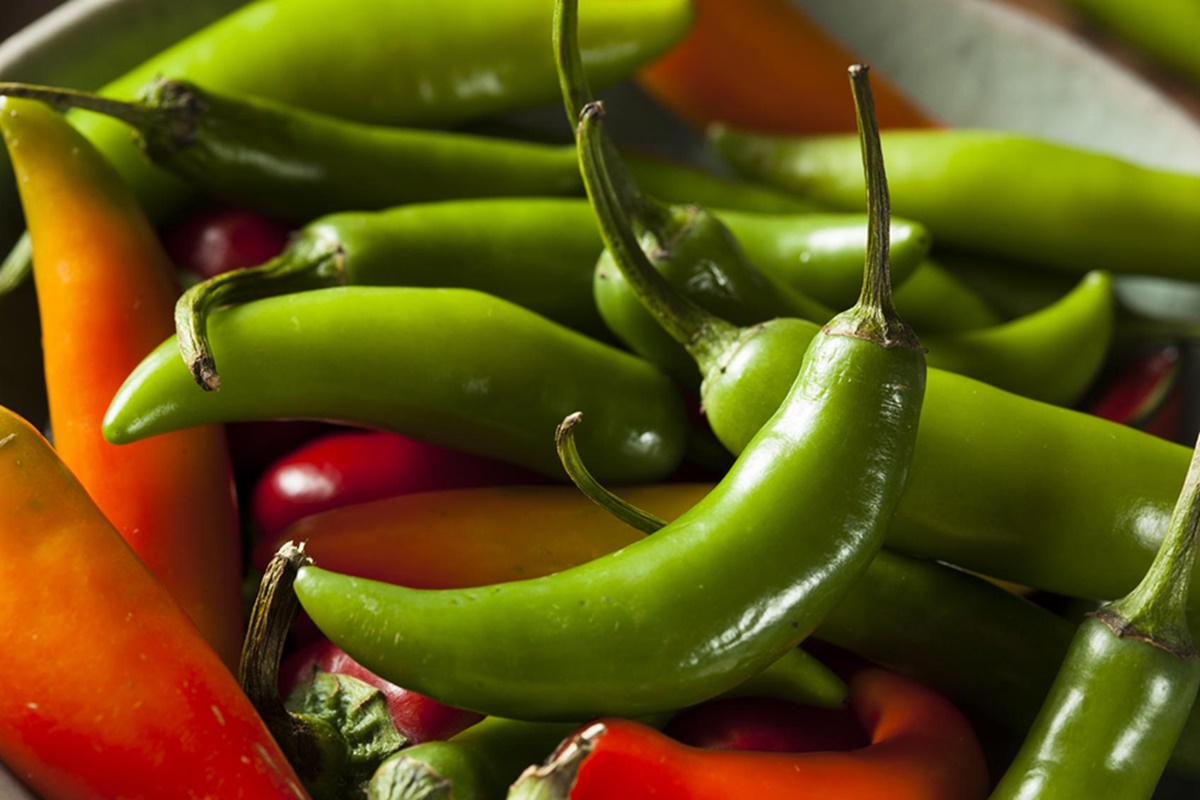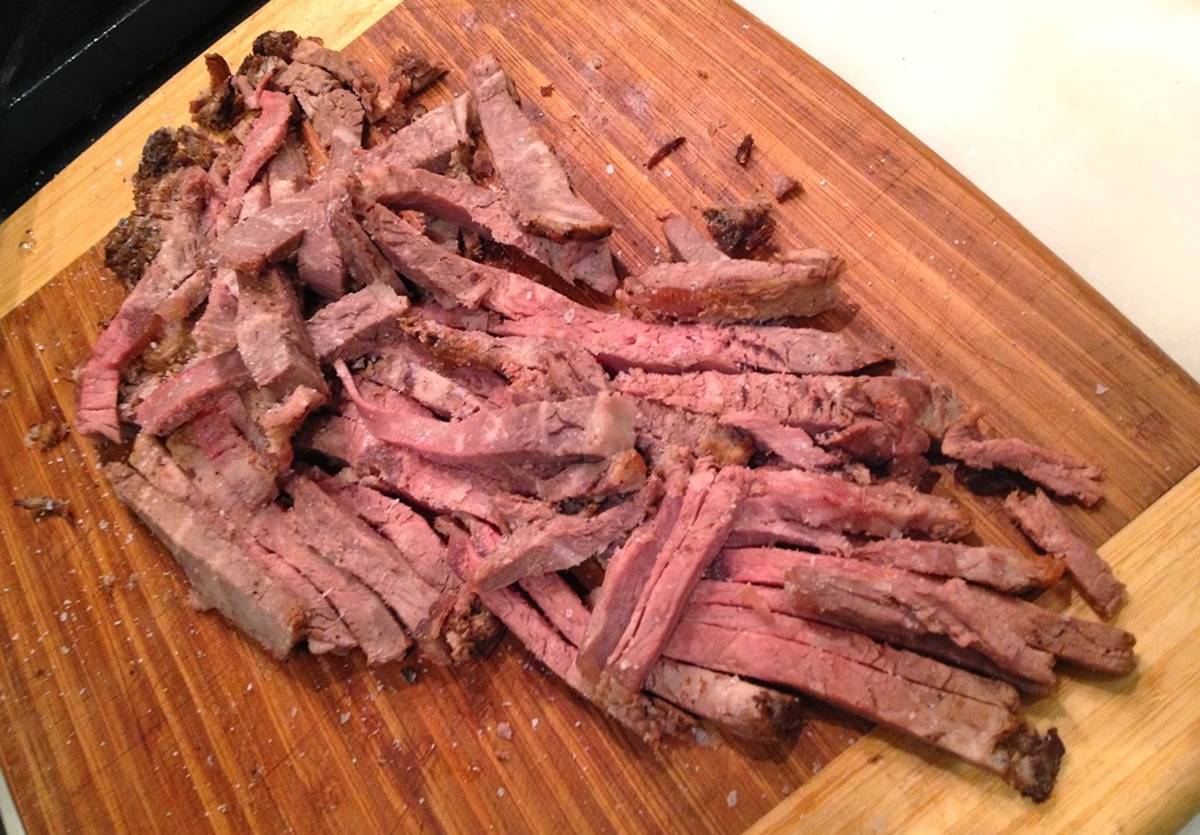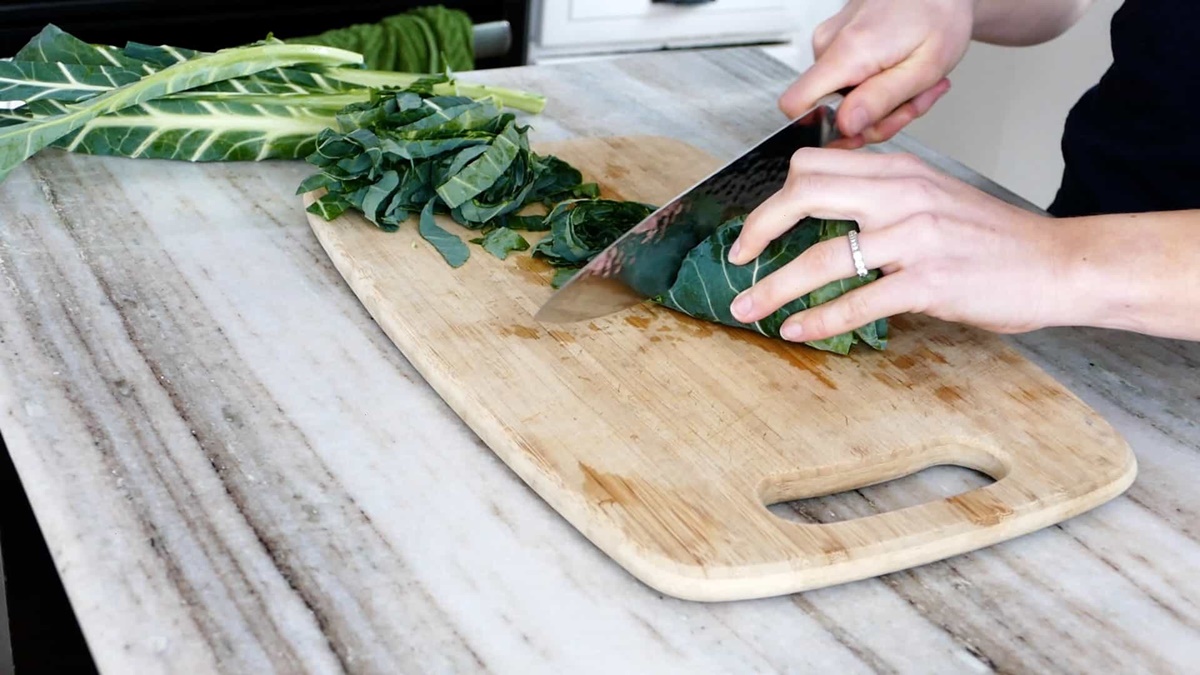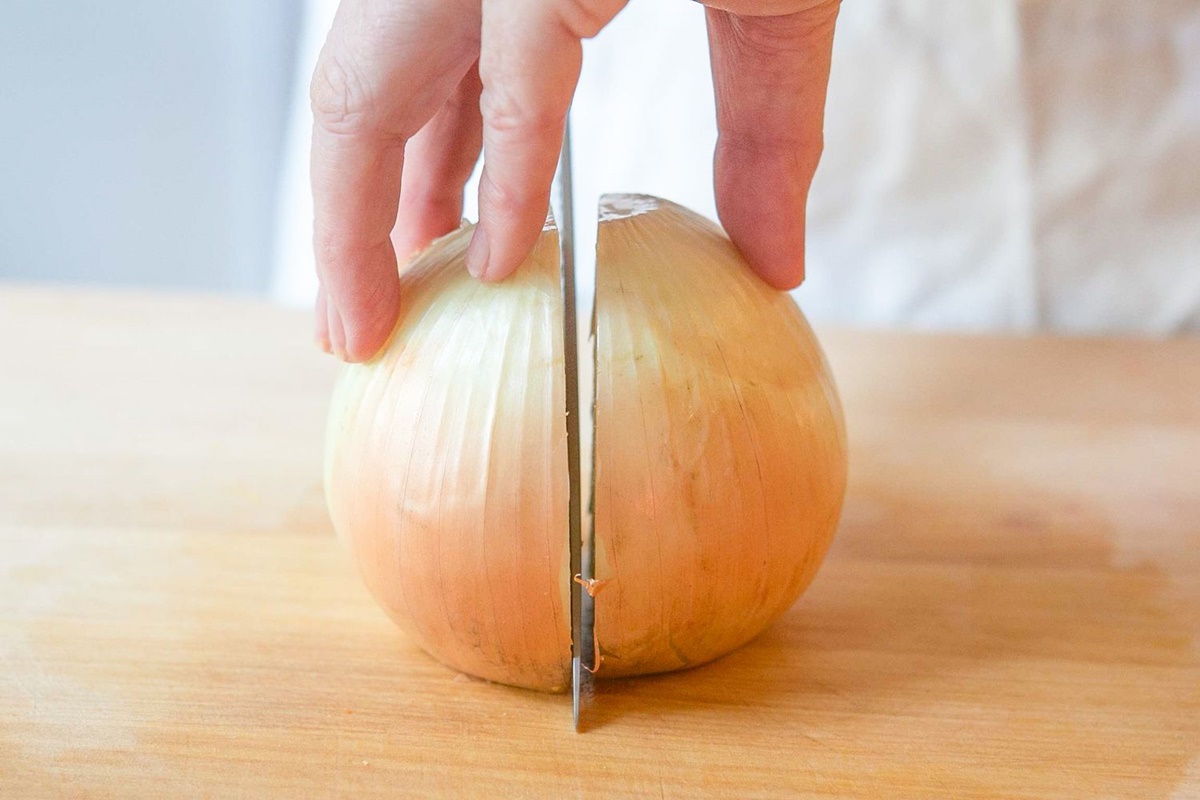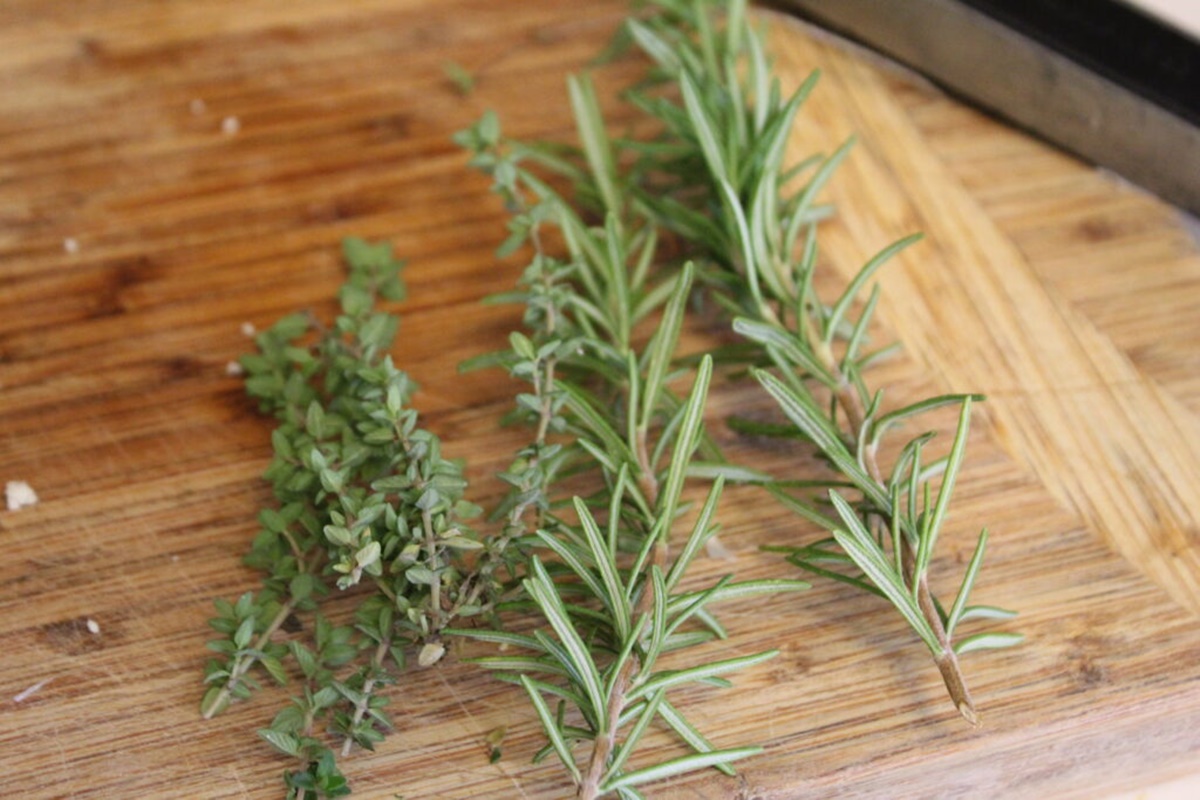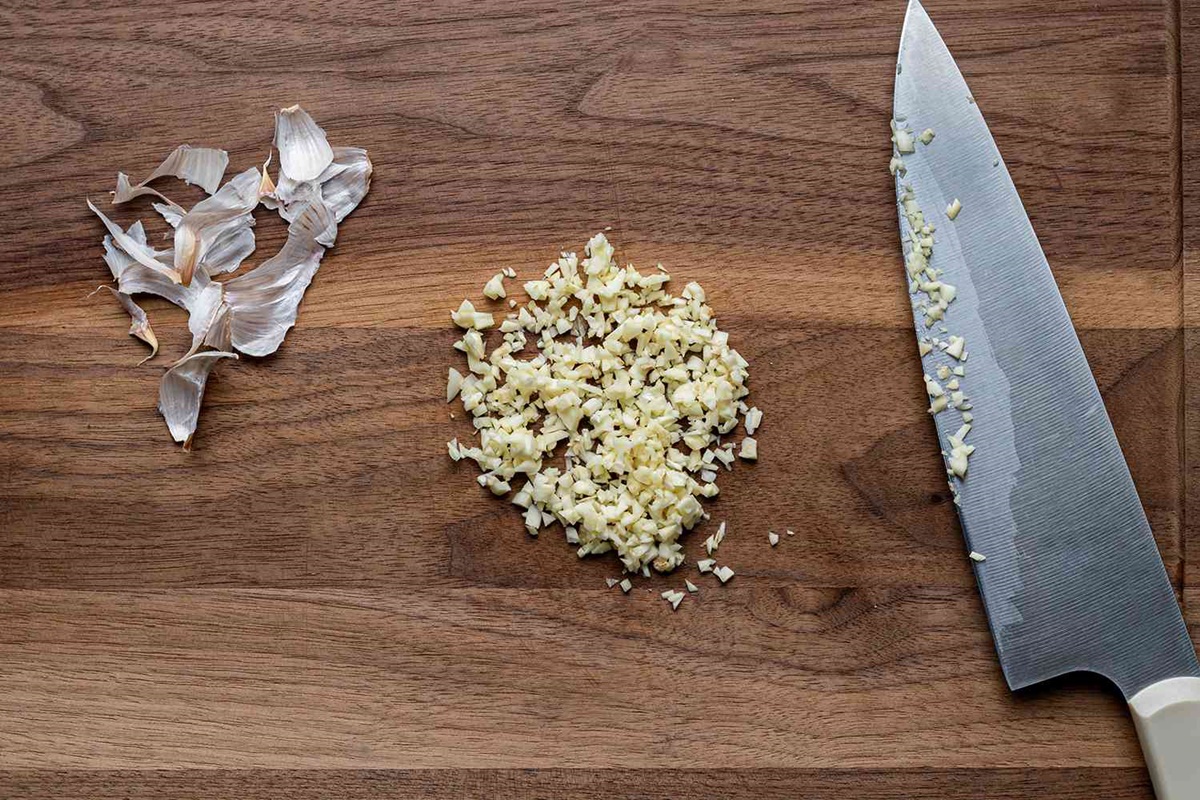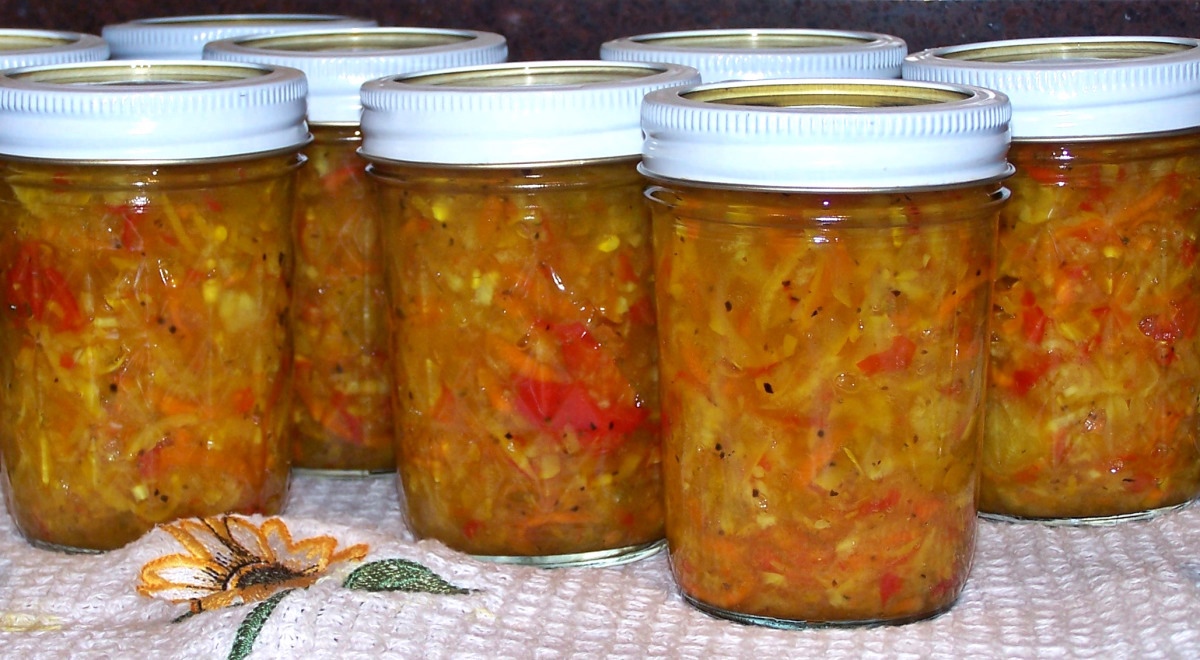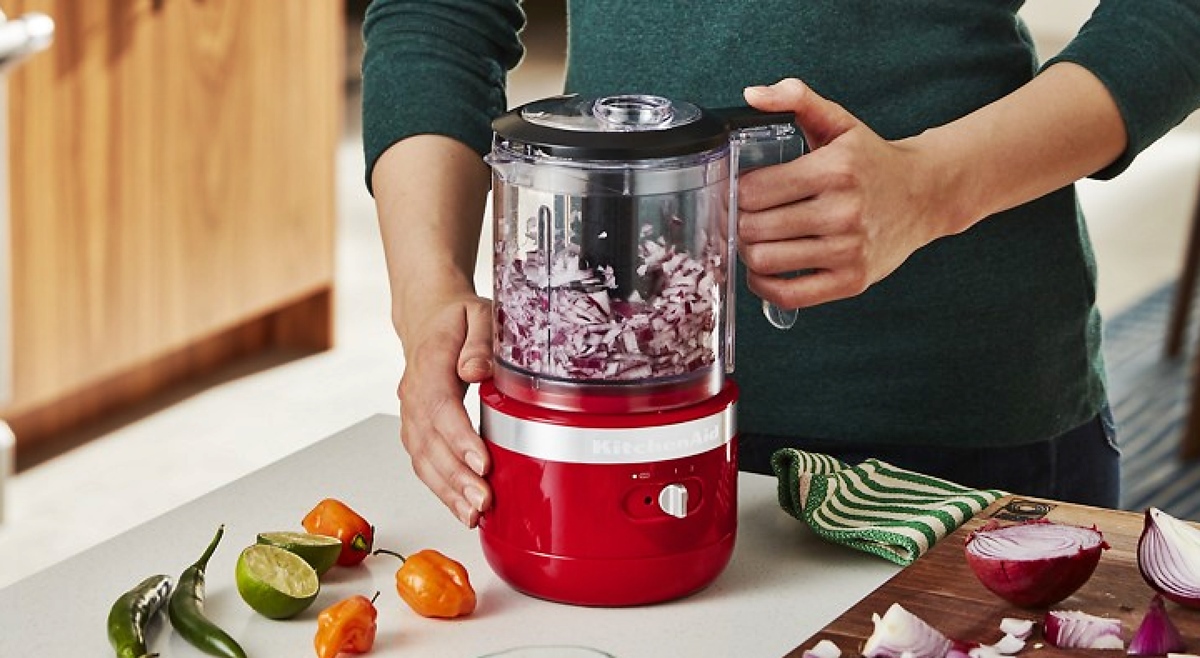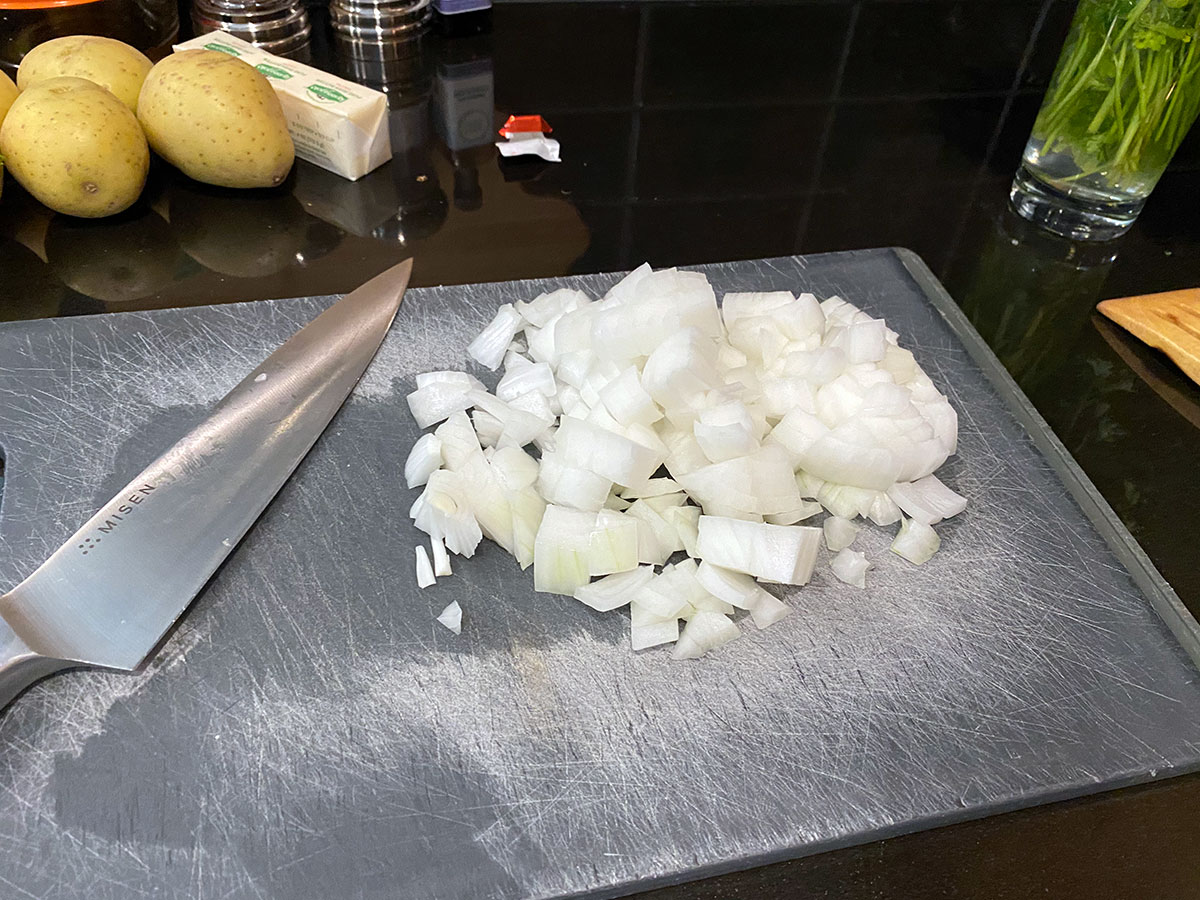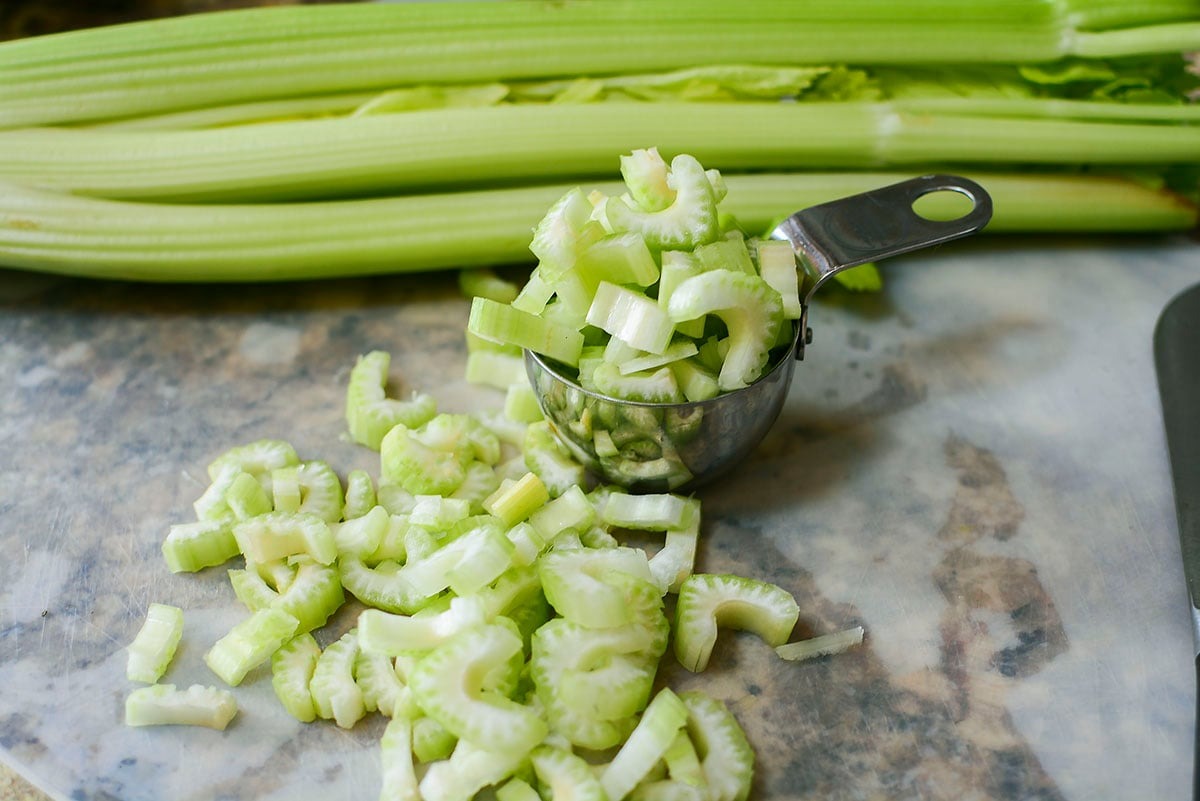How To Chop Vegetables Without Food Flying Everywhere
Chopping vegetables can be a messy affair, with food flying all over the place. But fear not, there are a few tricks you can use to keep your kitchen clean and your vegetables neatly chopped. Follow these simple steps to chop vegetables without food flying everywhere!
1. Use a Cutting Board with a Groove
Invest in a cutting board that has a groove around the edges. This will help to catch any juices or small food particles that might otherwise fly off the board. The groove acts as a barrier, keeping everything contained and making clean-up a breeze.
2. Hold the Vegetable Securely
Before you start chopping, make sure to hold the vegetable securely. This will give you better control and prevent it from slipping out of your hand. A firm grip on the vegetable will also reduce the chances of it flying away when you apply pressure with the knife.
3. Use a Sharp Knife
Using a sharp knife is key to clean and controlled chopping. A dull knife requires more force, which can lead to the vegetable splattering in all directions. Invest in a good quality chef’s knife and keep it sharp by regularly honing and sharpening it.
4. Master the Rocking Motion
Instead of trying to chop the vegetable with all your strength, adopt the rocking motion technique. Hold the knife and use a gentle rocking motion to cut through the vegetable. This technique allows for more precision and control, minimizing any flying food.
5. Create a Stabilizing Base
One way to prevent food from flying everywhere is to create a stable base for chopping. Place a damp paper towel or a non-slip mat underneath your cutting board. This will keep the board in place, reducing any potential movement that could send food flying in random directions.
6. Chop with Confidence
Confidence plays a big role in preventing food from flying everywhere. When you chop with hesitation or uncertainty, you increase the chances of mishaps. Be confident in your movements, maintain a steady grip, and stay focused on the task at hand.
7. Practice Proper Knife Techniques
Using proper knife techniques can go a long way in keeping food from flying everywhere. Keep your fingers curled under while you hold the vegetable and use the knuckles of your guiding hand as a guide for the knife. This technique provides more control and reduces the risk of accidents.
Final Thoughts
Chopping vegetables doesn’t have to be a messy affair. By following these tips and techniques, you can chop your vegetables without food flying everywhere. Remember to use a cutting board with a groove, hold the vegetable securely, use a sharp knife, adopt the rocking motion, create a stabilizing base, chop with confidence, and practice proper knife techniques. Happy chopping!
For those looking to master their vegetable chopping skills without the mess, there are a variety of recipes to try. The Classic Vegetable Stir-Fry is perfect for practicing precise cuts while keeping everything contained in the pan. Fresh Garden Salad and Cucumber and Tomato Salad allow for experimenting with different chopping techniques on softer vegetables. Homemade Salsa and Pico de Gallo are great for honing dicing skills, ensuring uniform pieces that won't fly off the cutting board. Finally, dishes like Vegetable Frittata and Stuffed Bell Peppers offer a chance to practice chopping a variety of vegetables that need to be evenly cut for consistent cooking. These recipes not only help refine chopping techniques but also result in delicious, fresh dishes.
1. Use a sharp knife: A sharp knife will help you maintain better control while chopping, reducing the chances of food forcefully being flung around.
2. Invest in a cutting board with a groove: Cutting boards with grooves or built-in trenches are designed to catch any liquid or small pieces of chopped vegetables, minimizing mess and preventing food from scattering.
3. Secure the cutting board: Place a damp towel or a non-slip mat underneath the cutting board to keep it stable and prevent it from moving around during chopping.
4. Employ the “claw” technique: By curling your fingertips under and using your knuckles to guide the knife, you create a secure grip on the vegetables, reducing the likelihood of them slipping and causing food to fly everywhere.
5. Control your chopping speed: Take your time and chop vegetables at a consistent, controlled pace. Rushing through the process increases the chances of food flying all over the place.
1. Use a larger cutting board: Having a larger cutting surface allows you to spread out the chopped vegetables, reducing the chances of them sprawling in all directions.
2. Consider using a tall-sided container: Chopping vegetables directly into a tall-sided container helps contain any stray pieces and prevents them from flying all over your kitchen.
3. Angle the knife downwards: Instead of chopping with an upward motion, angle the knife slightly downward towards the cutting board. This technique helps to keep the chopped pieces close to the surface, minimizing their chances of dispersing.
1. The rocking motion: When chopping, use a rocking motion with the knife, moving it back and forth while keeping its tip in contact with the cutting board. This technique helps ensure that the chopped pieces stay close to the cutting surface.
2. The tap chop: Instead of forcefully chopping downwards, tap the end of your knife against the vegetables to create small, controlled chops. This technique disperses the force more evenly, preventing ingredients from flying all over the place.
1. Roll and slice: Roll the leaves tightly together and then slice them thinly using a sharp knife. This minimizes the chance of leaves flying around, as they stick together during the process.
2. Use a sharp pair of kitchen shears: Instead of a knife, consider using kitchen shears or herb scissors to cut leafy vegetables directly into a bowl or container. This ensures more precise cuts without scattering the pieces as much.
1. Food processor: Using a food processor with a slicing or dicing attachment allows you to achieve uniform and controlled cuts without the risk of pieces flying all over. Just make sure to follow the manufacturer’s instructions and safety guidelines.
2. Mandoline: A mandoline is a handy tool for slicing vegetables with precision. It usually has a guard to protect your hand while slicing, helping you achieve consistent results without creating a mess.
Remember, however, that proper safety precautions and understanding the specific instructions for these tools are essential before use.
For those looking to master their vegetable chopping skills without the mess, there are a variety of recipes to try. The Classic Vegetable Stir-Fry is perfect for practicing precise cuts while keeping everything contained in the pan. Fresh Garden Salad and Cucumber and Tomato Salad allow for experimenting with different chopping techniques on softer vegetables. Homemade Salsa and Pico de Gallo are great for honing dicing skills, ensuring uniform pieces that won't fly off the cutting board. Finally, dishes like Vegetable Frittata and Stuffed Bell Peppers offer a chance to practice chopping a variety of vegetables that need to be evenly cut for consistent cooking. These recipes not only help refine chopping techniques but also result in delicious, fresh dishes.
